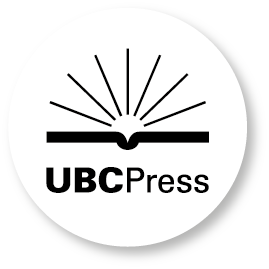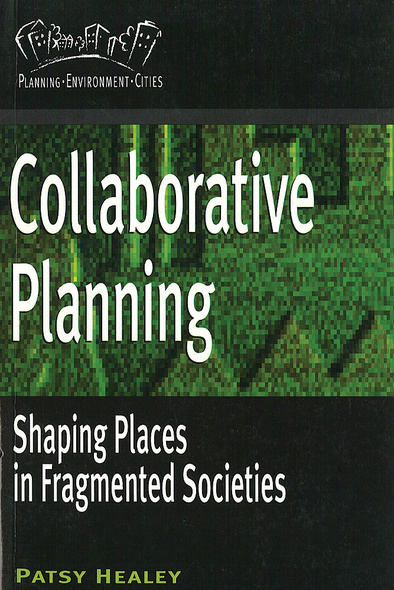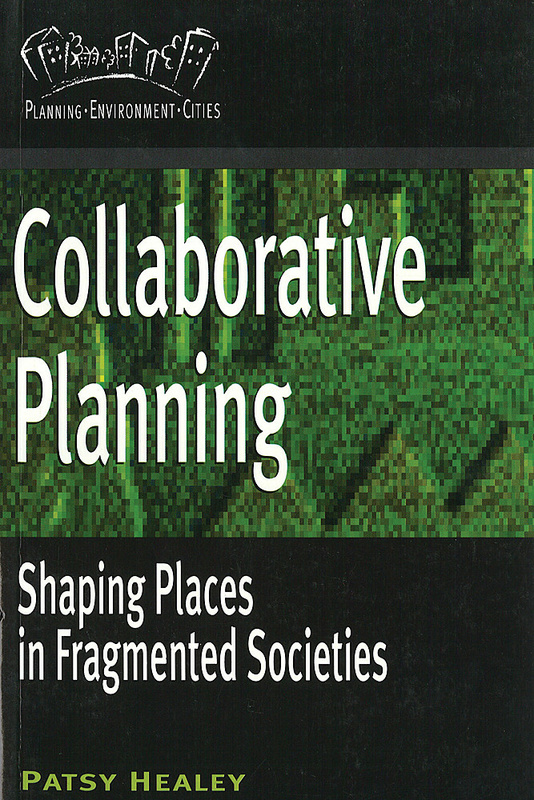Our shopping cart is currently down. To place an order, please contact our distributor, UTP Distribution, directly at utpbooks@utpress.utoronto.ca.
Spatial and environmental planning has long been an essential feature of all but the simplest societies. Its form, role, and the principles on which it should be based, however, have become increasingly contested and controversial issues. This partly stems from growing concern with global and local environments. It also reflects the fact that most planning systems were originally designed to cope with urban expansion in regions and cities conceived as relatively self-contained, not the open, diverse and globally reaching relationships which characterise most localities today. The figure of “the planner” has become both an object of blame and hostility, and also the subject of our hopes for effective community regulation. Planners are loaded with new responsibilities and are at the receiving end of criticism whether for allowing something to happen or for stopping it.
In this important new book Patsy Healey draws on a very wide range of developments in social, political and spatial thought to propose a new framework for planning which is rooted in the institutional realities of the emerging world of the twenty-first century. International in scope and comprehensive in its range, it points a way forward for spatial planning activity, from a narrow technical and procedural focus towards a communicative and collaborative model for achieving common purposes in the shared spaces of our fragmented societies.
... old themes in planning theory are skillfully reinterpreted for postmodern times.
Graduate students and academics will find this an important and insightful contribution from one of the leading authors in the field. ... her book is well worth reading for those who advocate inclusionary practice and continue the search for viable options for change.
Preface
Part I: Towards an Institutionalist Account and Communicative Theory of Planning
1 Traditions of Planning Thought
2 An Institutionalist Approach to Spatial Change and Environmental Planning
3 Spatial Planning Systems and Practices
Part II: The Changing Dynamics of Urban Regions
4 Everyday Life and Local Environments
5 Local Economies, Land and Property
6 Living in the Natural World
Part III: Processes for Collaborative Planning
7 Planning and Governance
8 Strategies, Processes, and Plans
9 Systemic Institutional Design for Collaborative Planning
Bibliography; Index





